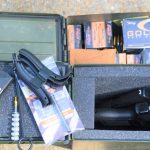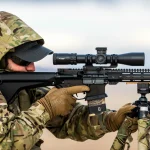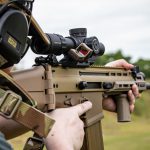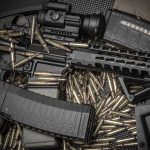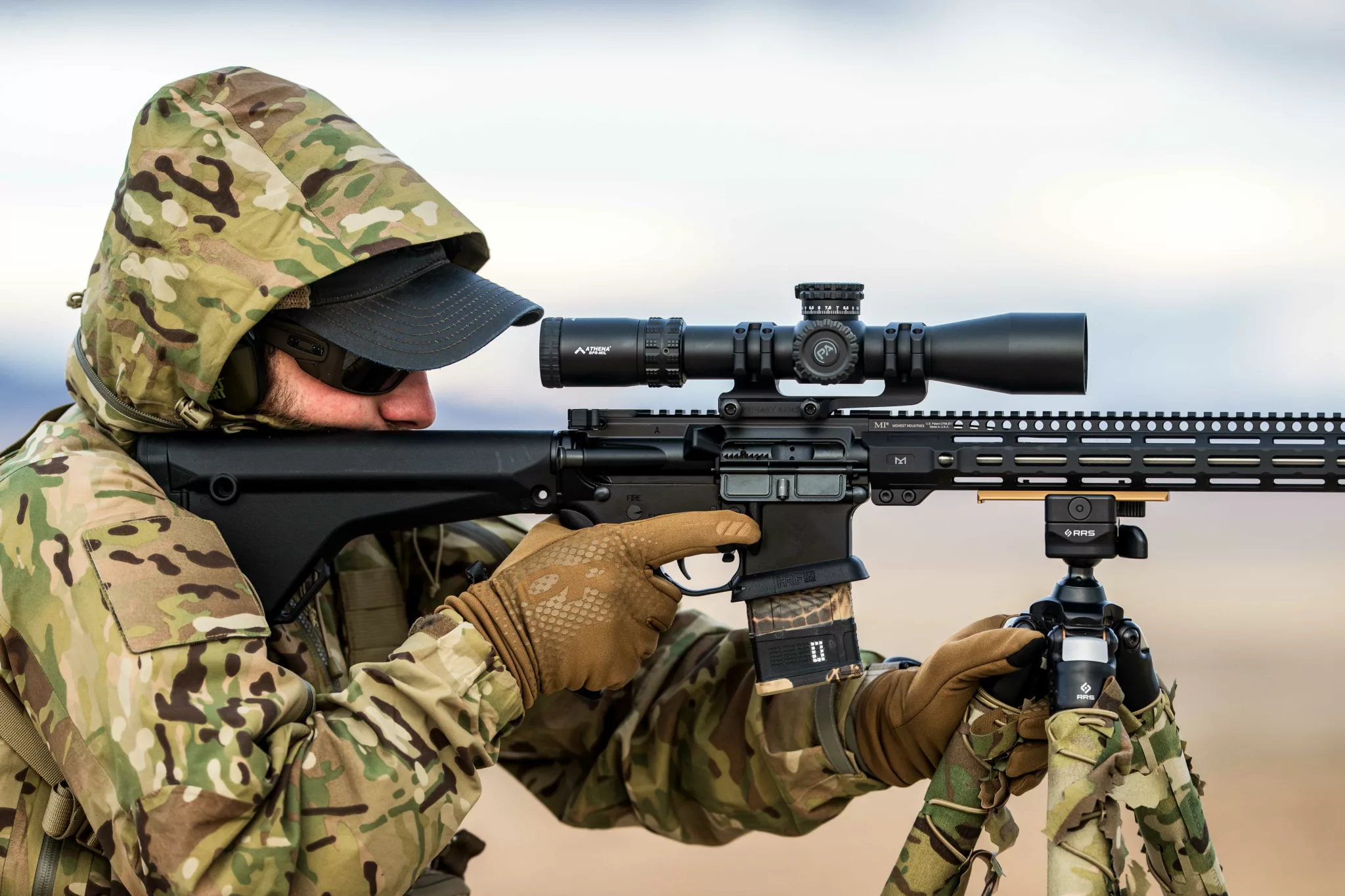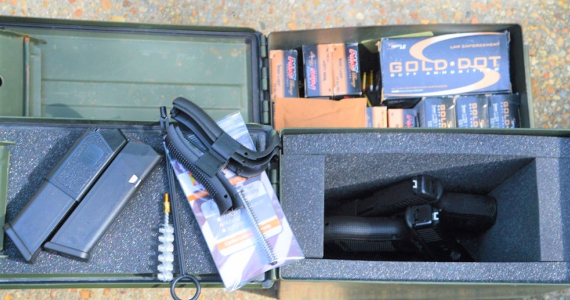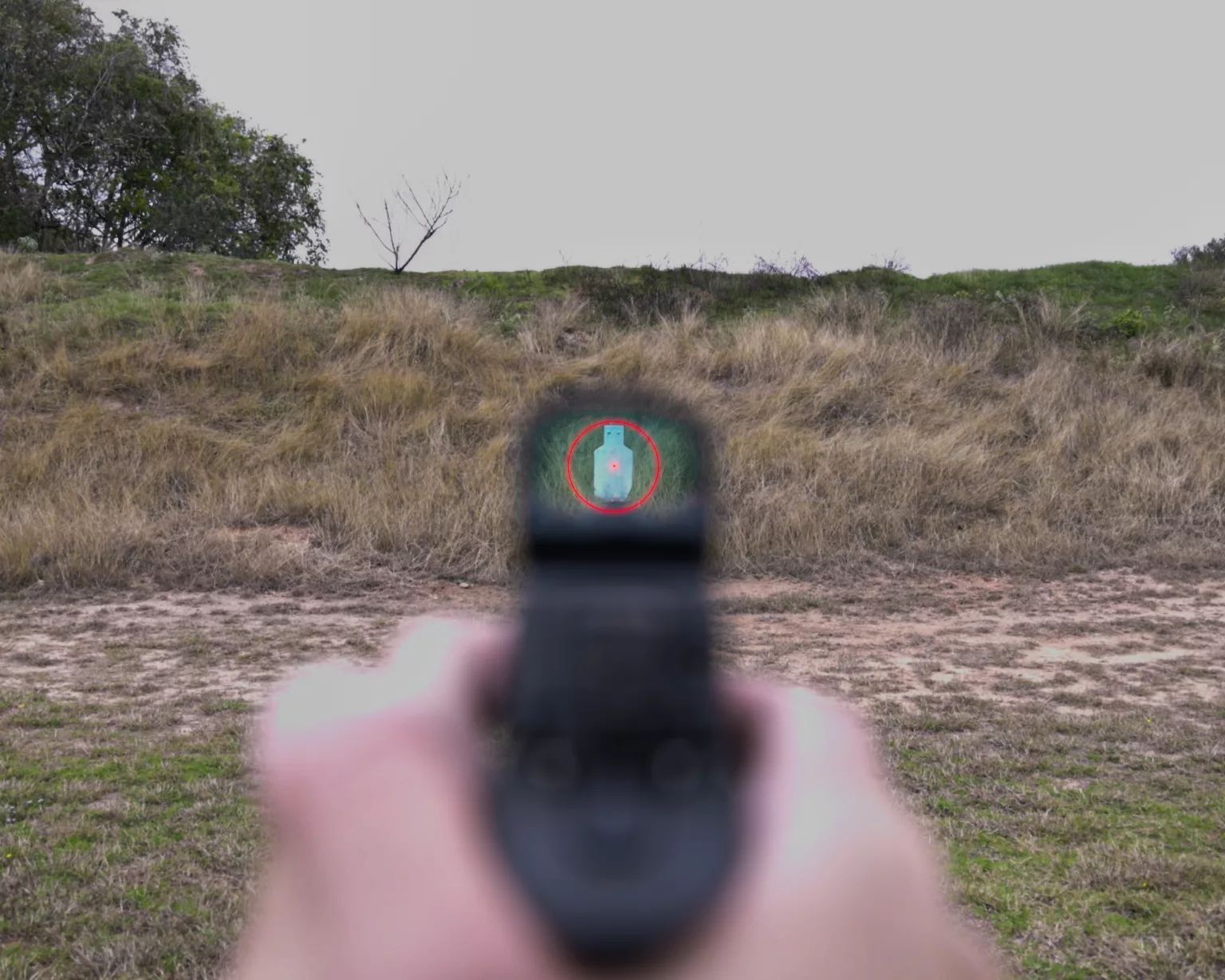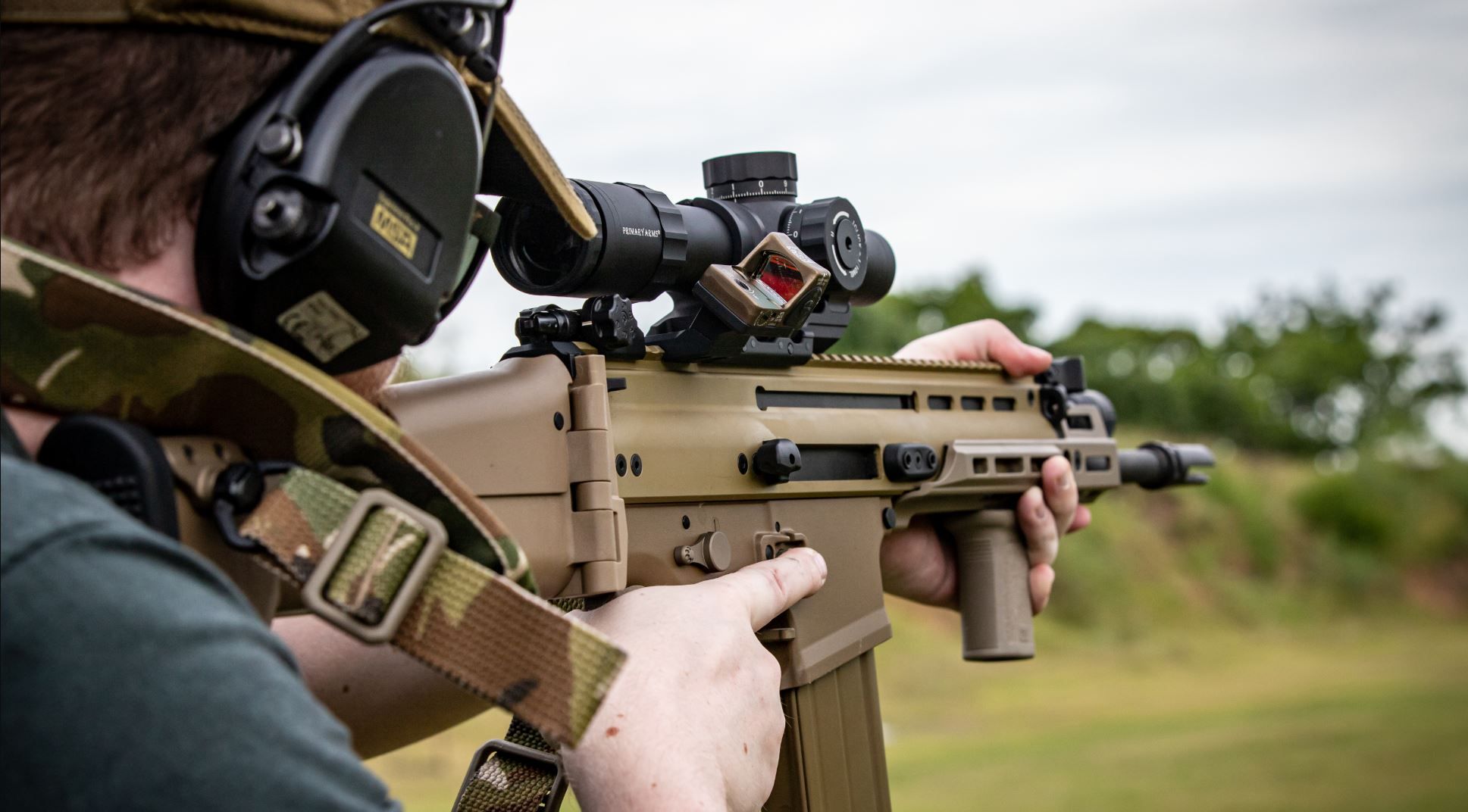If you’ve ever walked up to your target after a string of shots to find a nice, tight group—except for that one, infuriating outlier three inches off the bullseye—and dismissed it as a flier, or the product of a jerked trigger, then you’re familiar with the concept of practical vs. mechanical accuracy.
Alternatively, maybe you’re a perfect shot, but your rifle insists on throwing the occasional random shot way off to the left. In either instance, you’re separating the performance of the rifle from the performance of the user, and that is the heart of the distinction between mechanical and practical accuracy.
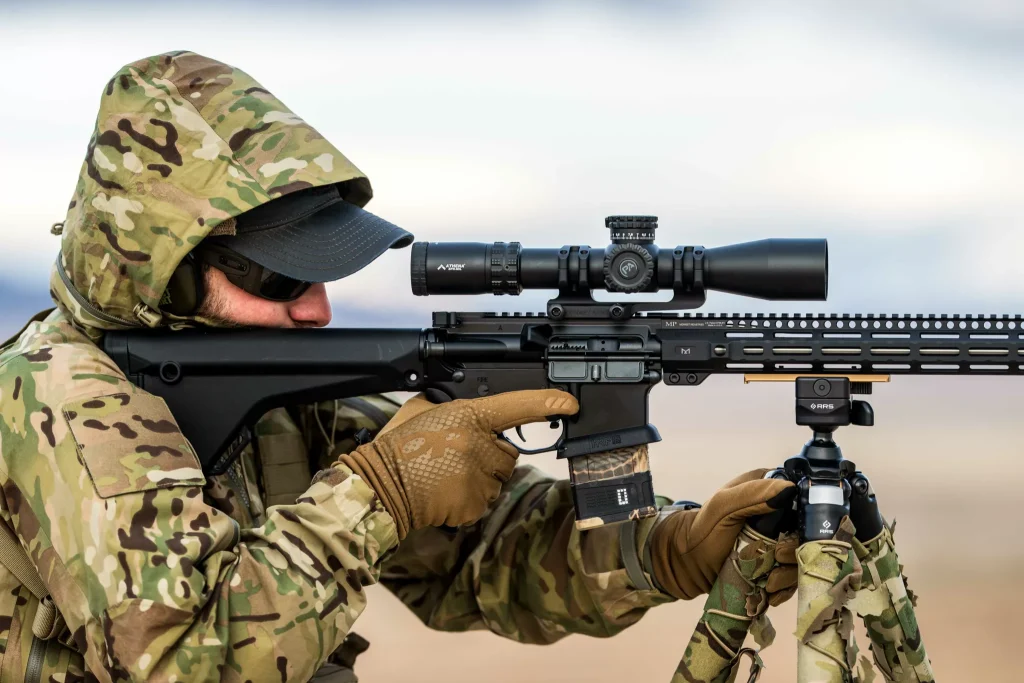
UNDERSTANDING ACCURACY VS. PRECISION
In order to understand the difference between mechanical and practical accuracy, it’s important to first understand what we mean when we talk about accuracy. In the context of firearms and marksmanship, it’s a little bit different than the scientific definition.
Technically, accuracy refers how close something is to correctness. In our case, accuracy would technically refer to how close to the bullseye our bullet strikes. Precision, on the other hand, is technically how consistent the result is. Again, in the context of marksmanship, this is essentially group size.
The trouble with these definitions is that when we talk about accuracy in marksmanship, we’re really talking about both the technical definitions of accuracy and precision. A twelve-inch group at a hundred yards that’s perfectly distributed around the bullseye is technically very accurate—just not very precise. But, while it meets the scientific definition of accuracy, most firearms enthusiasts would not describe it as such.
Similarly, while printing a half-inch group at the same distance would be remarkably precise by the scientific definition, if that group is nowhere near the bullseye, then it won’t be very useful. Moreover, precision in the context of firearms is mostly a function of having your optic properly zeroed, and so largely gets ignored in discussion of accuracy, despite being crucial to effective marksmanship.
When we talk about accuracy in marksmanship, we’re really talking about both accuracy and precision; that is, the ability to land hits in the smallest possible group size as close to the desired impact point as possible. In essence, accuracy in marksmanship is the ability to actually land a shot where you intend it to land, and do so consistently.
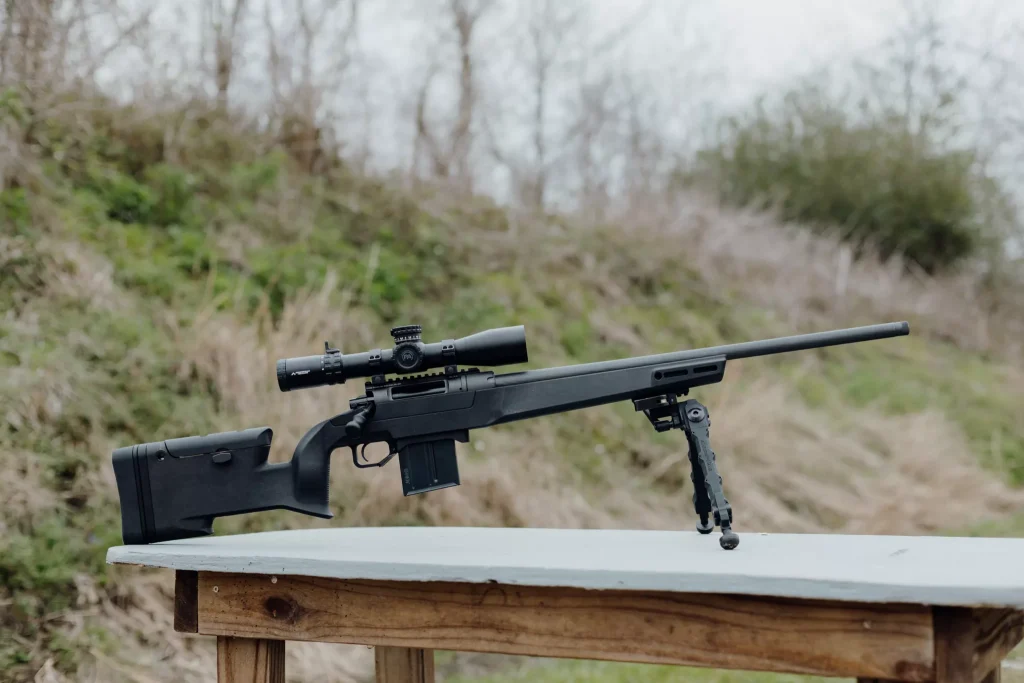
MECHANICAL ACCURACY
Mechanical accuracy is a measure of the accuracy of the rifle itself, irrespective of human or environmental factors. Technically, it could be argued that this should be called mechanical precision, not accuracy, since the primary metric is group size, rather than proximity to the point of aim. But, mechanical accuracy is nevertheless the prevailing term.
You can think of it like this: if you were to bolt your rifle to a concrete table, rendering it utterly incapable of moving in any way, how accurate would it be? With the rifle incapable of moving, human factors like muscle tremors or an improper trigger press become irrelevant; all that matters is the mechanics of the rifle itself. Any inaccuracies will come from imperfections in materials or construction, rather than shooting technique.
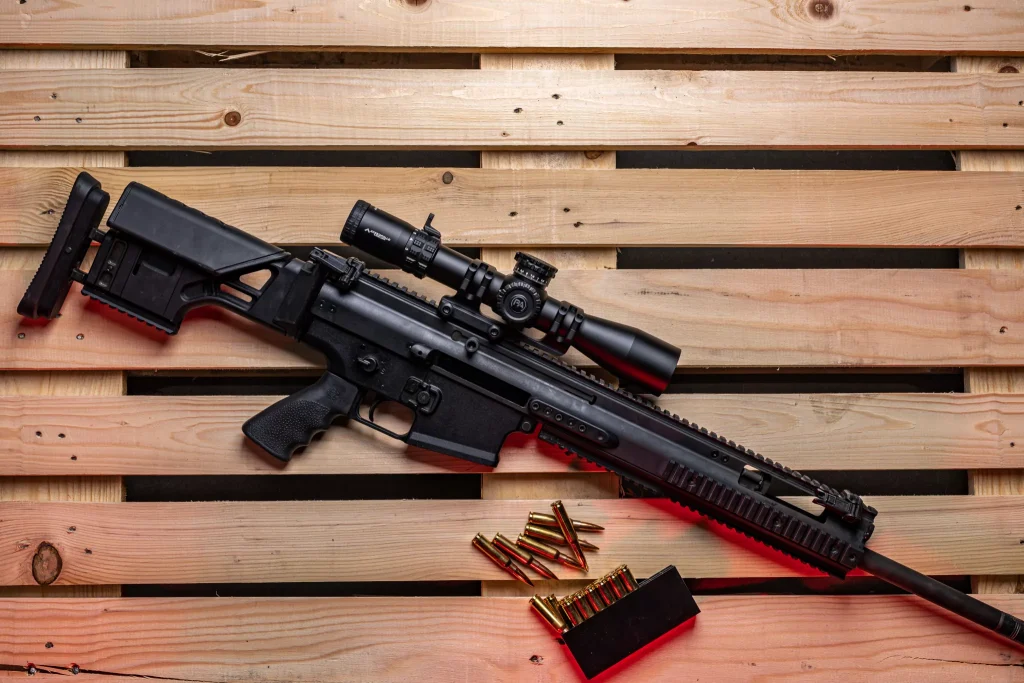
PRACTICAL ACCURACY
Practical accuracy is a more holistic concept; it considers not only the mechanical accuracy of the rifle but also how the rifle lends itself to effective use by a person in normal conditions. Simply put, practical accuracy is the measure of how accurate an average user is capable of being in normal field conditions.
Practical accuracy takes into account factors like ergonomics, trigger weight, recoil, and even external ballistic factors like velocity and ballistic coefficient, since all else being equal, it is easier to land a hit with a rifle that resists wind and drop better than one that does not.
As such, practical accuracy can be somewhat more nebulous than mechanical accuracy. While it’s easy to bolt a rifle into a rest and measure the resulting shot group, attributes like ergonomics are considerably more subjective.
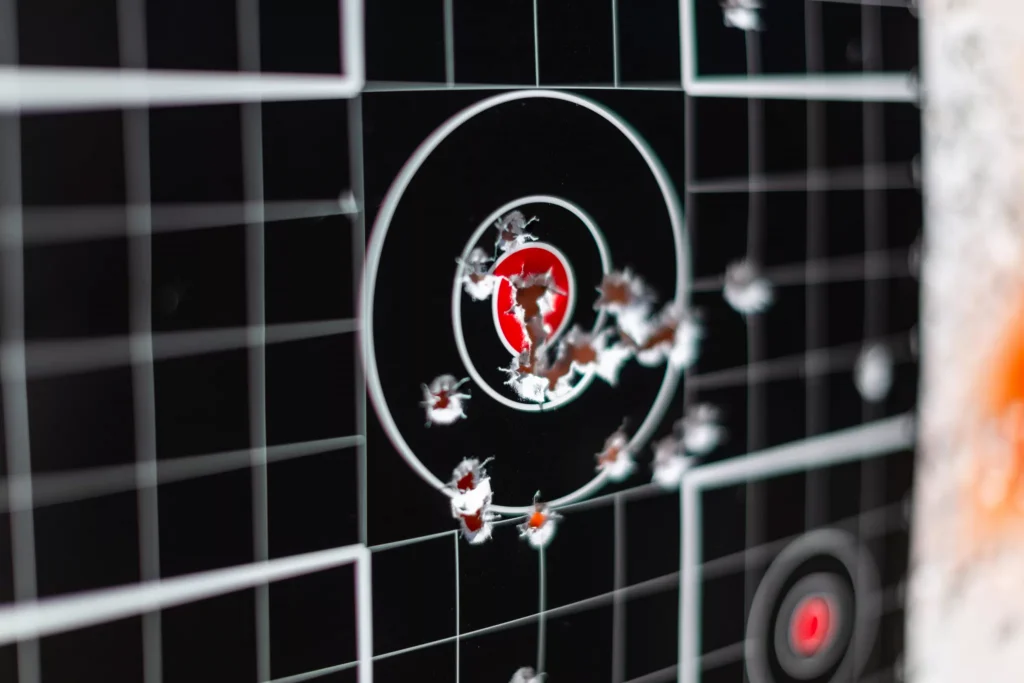
WHY IT MATTERS
The distinction between these two terms is important because, while both are often shorthanded as just “accuracy,” they are different terms best suited to different purposes.
For instance, when comparing the accuracy of two rifles, mechanical accuracy is generally the more useful metric. Practical accuracy may be relevant, but differences in practical accuracy can also result from personal preferences for certain ergonomics or other attributes.
Since these preferences can vary between users, it’s difficult to use practical accuracy to compare firearms. One user might find one brand or model easier to shoot than others and consistently print superior groups with it, while another may have the same experience with a different rifle.
Mechanical accuracy, on the other hand, is more absolute, making it an easy way to compare the potential of precision rifles.
Practical accuracy tends to be more useful when considering a single rifle. For instance, when discussing aftermarket triggers, mechanical accuracy is an entirely moot topic, since they have no effect on it. Practical accuracy, on the other hand, can be considerably affected by a lighter trigger.
Practical accuracy is also a relevant metric in instances in which mechanical accuracy and practical accuracy conflict. For instance, a well-crafted, unencumbered target crown is often lauded as the best muzzle option for mechanical accuracy, and this is frequently true for F-Class or Benchrest rifles that weigh nearly as much as their owners and have negligible recoil.
For a tactical AR-15 or hunting rifle, though, weight is limited, since it must be carried in the field. Since weight cannot be added to dampen recoil, a muzzle brake may increase practical accuracy by reducing recoil, even if it does slightly worsen mechanical accuracy by altering the pattern of gas escaping the muzzle.
Similarly, red dots and scopes are identical in mechanical accuracy, so long as they are both functional. They don’t have any direct effect on the function of the rifle, only the user. But, scopes are in many cases superior in practical accuracy, particularly in any instance in which a target is too far away to be seen with the bare eye.
The same is true of red dots compared to iron sights; while both share the same mechanical accuracy, red dots are generally considered to be more practically accurate because of their simplicity, their target-focused approach, and other advantages.
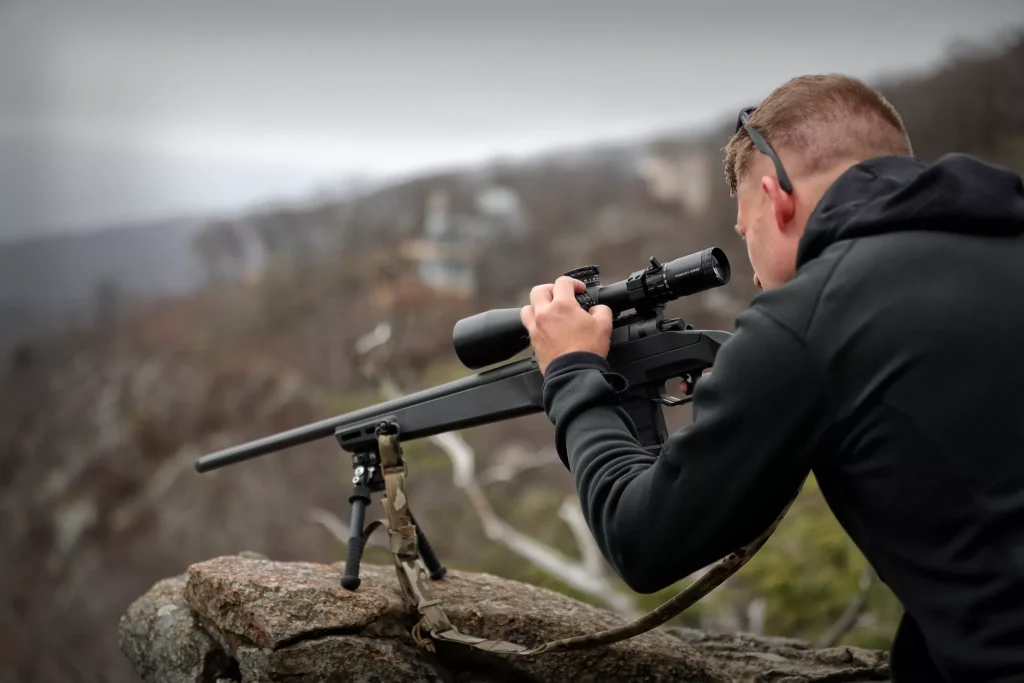
CONCLUSION
Both mechanical and practical accuracy are useful metrics, but it’s important to understand the distinction. Practical accuracy includes subjective factors like ergonomics and attempts to measure actual human capability rather than simple performance in a vacuum the way mechanical accuracy does.
This makes practical accuracy an essential consideration for rifles that will be used in dynamic or non-ideal circumstances, such as tactical, hunting, or PRS competition rifles. Mechanical accuracy offers a more limited though less subjective metric and is often a more useful term for F-Class, Benchrest, or any other type of target shooter capable of tightly controlling the circumstances of their target engagement.

